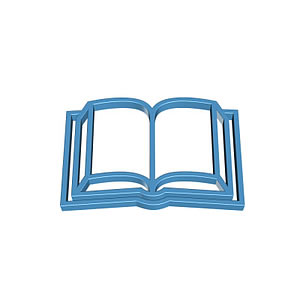Expositions Universelles, Musées Techniques et Société Industrielle û World Exhibitions, Technical M
ISBN: 9789896890568
Colección SIN COLECCION
Autor: Ana Cardoso de Matos, Irina Gouzévitch, Marta C. Lourenço
Editorial: EDIÇOES COLIBRI
Publicado: 2.011
Clase: LIBROS
Idioma: POR
Encuadernación: OTRO FORMATO LIBRO
Páginas: 1
Plazo de entrega: 5 Días
Colección SIN COLECCION
Autor: Ana Cardoso de Matos, Irina Gouzévitch, Marta C. Lourenço
Editorial: EDIÇOES COLIBRI
Publicado: 2.011
Clase: LIBROS
Idioma: POR
Encuadernación: OTRO FORMATO LIBRO
Páginas: 1
Plazo de entrega: 5 Días
Trois phénomènes de grande ampleur marquent de façon significative l´affirmation de la société industrielle au XIXe et au début du XXe siècle : les musées techniques, les expositions universelles et les congrès internationaux. Expressions de la nouvelle synergie économique fondée sur l´idée du progrès, ces trois formats de mise en scène des techniques ont fortement contribué à l´essor des grandes industries et de l´urbanisme moderne, à l´émergence de nouvelles sciences de l´ingénieur, à la mise sur pied des formations spécialisées et à l´intensification des sociabilités professionnelles s´exerçant au delà des frontières. En revanche, les liens intrinsèques qui les unissent demeurent à ce jour des sujets peu défrichés. Le présent ouvrage tend à apporter sur ces questions quelques éclairages experts fondés sur les recherches récentes. Three broad and closely related phenomena characterised the consolidation and development of industrial society during the nineteenth and early twentieth century: technical museums, universal exhibitions and international congresses. These three mise en scène phenomena were vivid expressions of a new economic synergy based on the ideas of progress and public good. All three, and each in its own way, strongly contributed to the development of large industries, the emergence and consolidation of new engineering sciences, the implementation of specialised training and the social strengthening of professions across national borders. Places of visitation, encounters and exchanges, they were also communication and transfer centres where science and technology information circulated freely and long-lasting collaborations were devised. This book draws from recent research and aims at bringing new perspectives into these topics.

